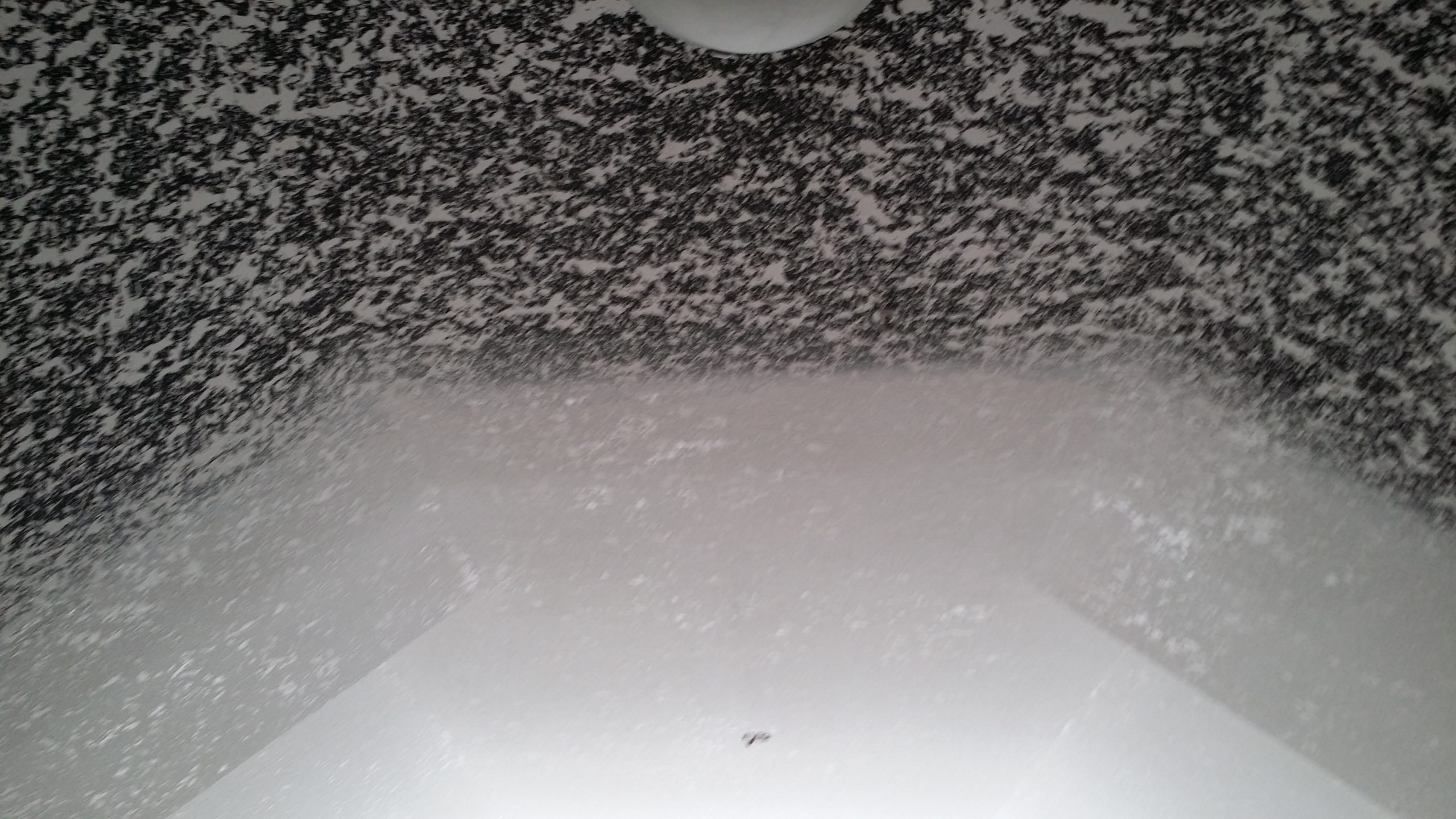
Depending upon type of ceiling texture, will determine which ceiling paint finish you should use. Not only will it brighten the biggest surface in your home, but will properly seal drywall texture. The extra effort is well worth it.Applying best ceiling paint for textured ceilings will improve your largest unobstructed surface in home. Experiment with different colours ( light colours visually work best )other than white for ceiling that stands out!!īottom line : prep your ceiling as if your doing a regular flat non-textured ceiling before texturing and you will have the best looking knockdown on the block. The finished ceiling will have more depth to it and the 5 drops of black in your 5 gallon pail will give a nice slight two tone effect also. Your finished ceiling should now rival ANY knockdown. A good quality texture compound does not need to be painted unless it's in the kitchen area. Kockdown ceiling with an 18" Marshalltown plexiglass knockdown trowel ( leaves no ridges and has extension pole thread on handle if needed ).Ĥ) DO NOT paint texture after above steps.

#KNOCK DOWN CEILING FULL#
*Note primer/sealer is white but can be tinted ANY colour for a different lookģ) Spray ceiling * use Super White or another high quality texture, NOT drywall mud!! )Ī) first coat very fine spray( 1/5 trigger), and gobs of texture about 1/16" to 1/8" in diameterī) second coat right after first coat, full trigger spray with 3/16 orfice and 14lbs.
#KNOCK DOWN CEILING PROFESSIONAL#
This is the way we do knockdown ceilings in Canada:Ī) 6" knife to inbed tape and light coat over tape at same time of embedĢ) Prime ceiling( add 5 drops black in a 5 gallon pail of white primer)Ī) Apply one coat high quality primer/sealer and let dry ( Glidden Professional )ī) Apply second coat primer/sealer and let dry Think of it this way - what if that doesn't cover it? Are you willing to live with the bad look? Do it right the first time, and you won't regret it later.Īgain, with your situation, see my first two paragraphs. I've been told by some people that you can cheat and skip some to all the applications of joint compound, that instead you can use a hopper to cover everything, but I wouldn't try that myself.

Then you apply texture, let dry and paint. But if you ran your hand along the wall it should feel smooth across it all.

By this point you shouldn't be able to tell where the seams are - except for seeing the joint compound on the walls. Now if you have any cracks, screw heads, etc. Now you re-mud with joint compound over anywhere that shows through, or where cracks show, let dry, and sand smooth again. At this point you will commonly still see some of the tape through that first layer of joint compound. Typically, in a high-end job at least, you mud any wide gaps, tape anywhere needed between seams, cover with joint compound, and sand this smooth. However, if you can still see the shape of screw heads, and/or the indentation between sheets of drywall, and/or the little holes in the drywall tape covering seams, then it's not done properly. If you can see the joint compound (the "mud" stuff used to cover screws and cracks between drywall sheets), no big deal, that's expected.


 0 kommentar(er)
0 kommentar(er)
